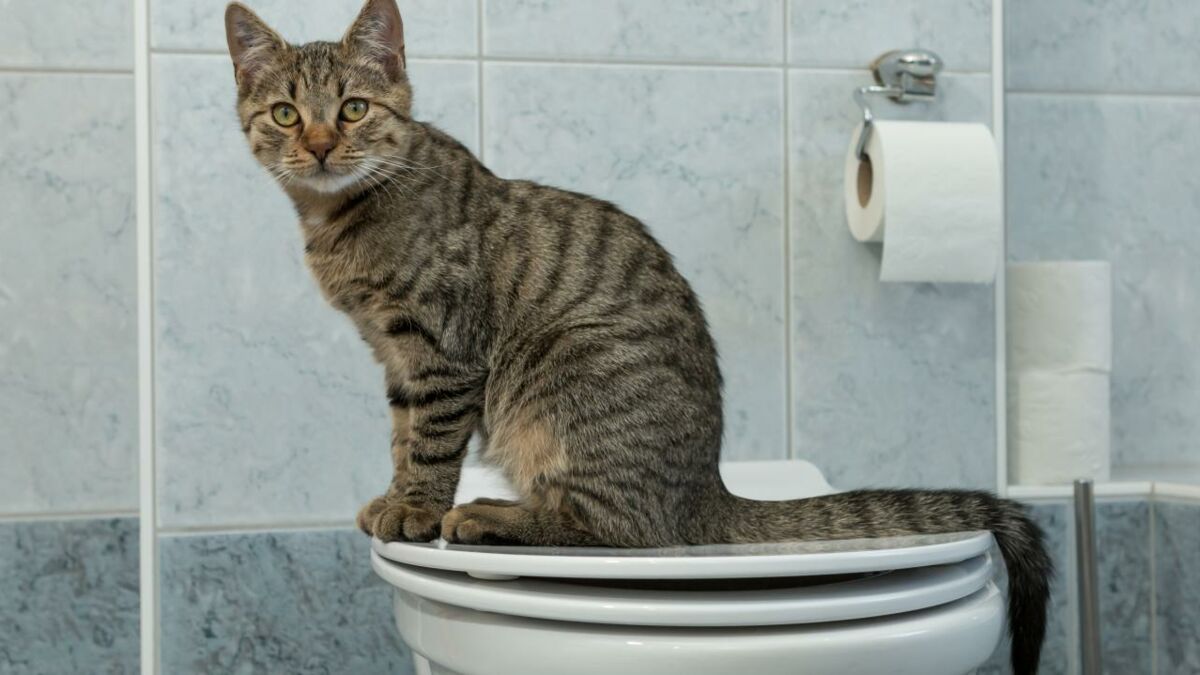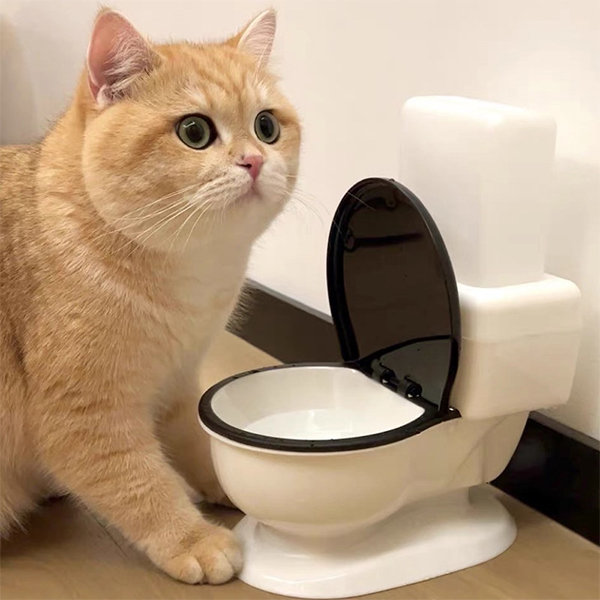Were you in search of additional info around Why you should never flush dog poop down the toilet?

When it concerns dealing with waste, particularly animal waste, lots of people often resort to the practical alternative of flushing it down the toilet. Nonetheless, this seemingly simple solution can have serious effects for the atmosphere and public health. In this article, we'll explore why flushing pet waste down the commode is a poor idea and offer alternative approaches for appropriate disposal.
Intro
Appropriate garbage disposal is critical for keeping ecological sustainability and public health. While it may seem safe to flush animal waste down the toilet, it can cause various issues, both for the atmosphere and human wellness.
Dangers of flushing pet waste
Ecological influence
Purging animal waste introduces unsafe bacteria and pathogens right into rivers, which can adversely affect aquatic ecosystems. These virus can infect water sources and damage aquatic life, interrupting fragile communities.
Public health issues
Animal waste consists of damaging microorganisms such as E. coli and Salmonella, which can position major health risks to human beings. Flushing pet waste down the toilet can contaminate water supplies, leading to the spread of diseases and infections.
Alternatives to flushing
Rather than purging animal waste down the commode, there are several alternative disposal techniques that are extra environmentally friendly and sanitary.
Composting
Composting animal waste is a green means to dispose of it. By composting, raw material is broken down right into nutrient-rich dirt, which can be made use of to fertilize yards and plants.
Landfill disposal
Getting rid of pet waste in a land fill is one more option. While not as eco-friendly as composting, it is a much safer choice to flushing, as it prevents the contamination of water resources.
Pet waste disposal systems
There are specific animal garbage disposal systems offered that securely and hygienically take care of pet waste. These systems typically utilize enzymes to break down waste and eliminate odors.
Actions to proper animal waste disposal
To make sure appropriate disposal of animal waste, adhere to these actions:
Scooping and nabbing waste
On a regular basis scoop and bag animal waste using biodegradable bags. This stops waste from contaminating the setting.
Making use of assigned waste containers
Dispose of bagged animal waste in designated waste bins, such as compost bins or garbage dump bins. Avoid flushing it down the toilet in any way expenses.
Cleansing can and animal areas frequently
Regularly tidy can and animal areas to stop the buildup of waste and bacteria. Usage pet-safe cleaning products to preserve hygiene.
Advantages of correct disposal methods
Taking on appropriate disposal methods for pet waste supplies a number of advantages:
Minimized environmental pollution
Appropriate disposal methods decrease the danger of environmental pollution, shielding waterways and ecosystems from contamination
Decreased threat of water contamination.
By avoiding flushing pet waste down the commode, the danger of water contamination is considerably reduced, securing public health.
Enhanced cleanliness and health
Proper disposal approaches advertise much better hygiene and hygiene, producing a more secure atmosphere for both people and pets.
Conclusion
To conclude, purging animal waste down the toilet is harmful to the environment and public health. By taking on different disposal techniques and complying with proper waste management practices, we can reduce the negative effect of pet waste and contribute to a cleaner, healthier earth.
What To Do With Dog Poo – The Do's And Don'ts Of Disposing Of Faeces
Dog poo bins
Some councils provide dedicated dog waste bins in popular dog-walking areas that can take dog poo that has been bagged but you can legally dispose of dog waste in any public litter bin, as long as it is securely bagged. This also applies to your wheelie bin at home.
Do not flush
Water companies do not recommend flushing dog faeces down the toilet because certain parasites can survive the water processing treatment and are potentially harmful to humans. You should also never consider flushing dog poo that has been bagged down the toilet as the bags will not break down and instead create severe blockages in the sewage system.
In the woods
The Forestry Commission promotes a ‘stick and flick’ method for dealing with waste in the woods. This means finding a stick and using it to flick any poo from off the path so that it is out of the way of other walkers. You could also bury it as long as it is not in an area where there might be livestock.
Livestock
Parasites found in dog poo can be transmitted to livestock if they inadvertently eat infected faeces that has been left on grazing land. This could result in the death of sheep or abortion in cattle so you should always make sure you pick up your dog’s waste in fields where livestock could be present.

Regularly tidy can and animal areas to stop the buildup of waste and bacteria. Usage pet-safe cleaning products to preserve hygiene.
Advantages of correct disposal methods
Taking on appropriate disposal methods for pet waste supplies a number of advantages:
Minimized environmental pollution
Appropriate disposal methods decrease the danger of environmental pollution, shielding waterways and ecosystems from contamination
Decreased threat of water contamination.
By avoiding flushing pet waste down the commode, the danger of water contamination is considerably reduced, securing public health.
Enhanced cleanliness and health
Proper disposal approaches advertise much better hygiene and hygiene, producing a more secure atmosphere for both people and pets.
Conclusion
To conclude, purging animal waste down the toilet is harmful to the environment and public health. By taking on different disposal techniques and complying with proper waste management practices, we can reduce the negative effect of pet waste and contribute to a cleaner, healthier earth.
What To Do With Dog Poo – The Do's And Don'ts Of Disposing Of Faeces
Dog poo bins
Some councils provide dedicated dog waste bins in popular dog-walking areas that can take dog poo that has been bagged but you can legally dispose of dog waste in any public litter bin, as long as it is securely bagged. This also applies to your wheelie bin at home.
Do not flush
Water companies do not recommend flushing dog faeces down the toilet because certain parasites can survive the water processing treatment and are potentially harmful to humans. You should also never consider flushing dog poo that has been bagged down the toilet as the bags will not break down and instead create severe blockages in the sewage system.
In the woods
The Forestry Commission promotes a ‘stick and flick’ method for dealing with waste in the woods. This means finding a stick and using it to flick any poo from off the path so that it is out of the way of other walkers. You could also bury it as long as it is not in an area where there might be livestock.
Livestock
Parasites found in dog poo can be transmitted to livestock if they inadvertently eat infected faeces that has been left on grazing land. This could result in the death of sheep or abortion in cattle so you should always make sure you pick up your dog’s waste in fields where livestock could be present.

I have been very excited about Why you should never flush dog poop down the toilet and I really hope you enjoyed the article. Those who liked our blog post if you please consider to pass it around. Thank-you for going through it.
Click Here